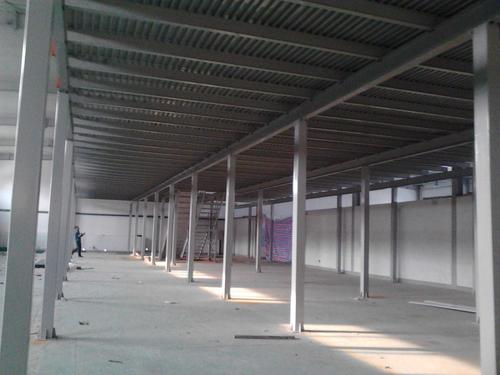Title: Designing a Maintenance Platform for Engineering Services in Wuxi
Designing a Maintenance Platform for Engineering Services in Wuxi
Wuxi, a prominent city in China known for its industrial prowess, requires efficient maintenance platforms to support its engineering infrastructure. Designing such a platform involves integrating technological solutions, streamlining service requests, and ensuring swift response times. This guide outlines key considerations and recommendations for developing a comprehensive maintenance platform tailored to the needs of Wuxi's engineering sector.
Before delving into the design process, it's essential to understand the specific requirements of Wuxi's engineering community. Conduct surveys, interviews, and market research to identify common maintenance challenges, preferred communication channels, and technological capabilities.
Develop the platform with a usercentric approach, ensuring ease of use and accessibility for engineers and maintenance personnel. Implement intuitive interfaces, clear navigation, and mobile responsiveness to facilitate seamless interaction.
Include essential features such as:
- Service Request Management: Enable users to submit maintenance requests detailing the issue, location, and urgency.
- Resource Allocation: Efficiently assign tasks to available technicians based on skills, proximity, and workload.
- Realtime Tracking: Provide status updates and notifications to users, ensuring transparency and accountability.
- Knowledge Base: Offer a repository of troubleshooting guides, manuals, and best practices to empower users and reduce dependency on external support.
- Analytics Dashboard: Utilize data analytics to identify trends, optimize resource allocation, and enhance service quality over time.
Integrate emerging technologies like Internet of Things (IoT) sensors for predictive maintenance, Artificial Intelligence (AI) for automated fault detection, and Augmented Reality (AR) for remote assistance. These technologies enhance efficiency, reduce downtime, and improve overall service quality.
Collaborate with local engineering firms, government agencies, and technology providers to align the platform with industry standards and regulatory requirements. Solicit feedback from stakeholders throughout the development process to ensure relevance and acceptance.
Design the platform with scalability and flexibility in mind to accommodate future growth and evolving needs. Implement modular architecture and open APIs to facilitate seamless integration with thirdparty systems and future upgrades.

Ensure robust security measures to safeguard sensitive data and prevent unauthorized access. Implement encryption, authentication protocols, and regular security audits to mitigate risks and maintain trust among users.
Provide comprehensive training and ongoing support to users and administrators to maximize adoption and utilization. Offer tutorials, workshops, and dedicated helplines to address queries and resolve issues promptly.
Designing a maintenance platform for engineering services in Wuxi demands a holistic approach that prioritizes user experience, technological innovation, and stakeholder collaboration. By addressing the specific needs of the engineering community and leveraging advanced technologies, such a platform can enhance efficiency, reduce costs, and contribute to the sustainable development of Wuxi's infrastructure.
